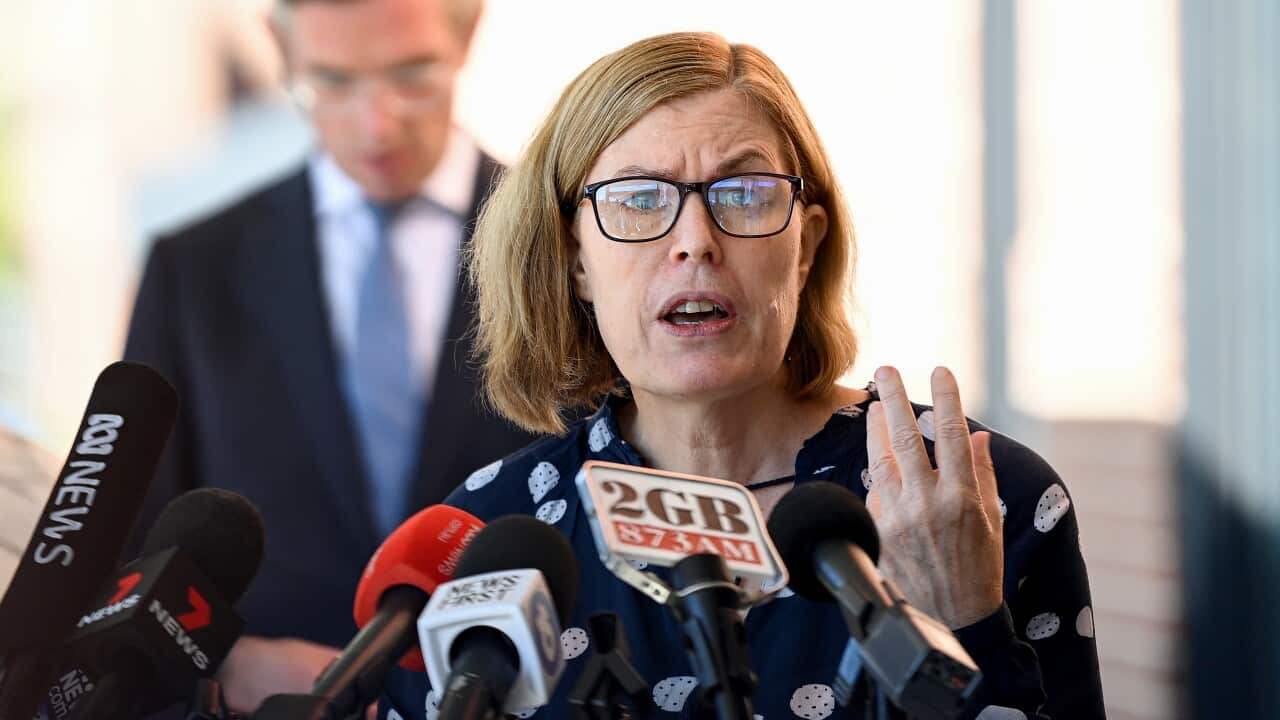Australia reported nearly 21,000 new COVID-19 infections on Sunday as reproductive rates of the virus plateau around the country.
On Sunday, 24 deaths were reported, far fewer compared to 70 on Saturday. Saturday's death toll was the highest tally in more than a fortnight but also included unreported fatalities in South Australia from earlier in the year. There are roughly 220,000 active virus cases across the country.
The effective reproductive rate of the virus sits at about one in every state and territory, meaning one infected person is infecting at least one other person.
Meanwhile, as COVID-19 infections stabilise, Australia has had its worst May on record when it comes to flu cases, prompting experts to warn this season will redefine what it means to be ready for the virus.
The national disease surveillance system reported about 65,770 confirmed influenza cases in May - more than double the month's previous record, which was set in 2019.
Dr Jonathan Anderson, an executive with pharmaceutical company Seqirus, said other countries would be looking to Australia to see how it dealt with the spike.
"Australia is in a unique position in that we are one of the first countries to face COVID and a simultaneous flu season that is similar to pre-COVID levels," he told a BioMelbourne Network forum.
"It's clear that the rest of the world will be watching our flu season closely and learning from our successes or failures."
As of 5 June, the latest reporting period, there were nearly 88,000 reports of flu cases this year, with more than 47,800 of them diagnosed in the previous fortnight.
The system was notified of 27 flu-related deaths in the year to date, and more than 730 people were reported as admitted to hospital because of influenza since April. From mid-April, weekly confirmed caseloads were above the five-year average.
Dr Anderson said it was important Australia focused on innovative technology to help protect people from flu in the future.
Along with existing vaccines, experts were looking to new ones such as a second generation of today's mRNA, and cell-based vaccines.
Dr Felicia Pradera, a manager at research organisation Defence Materials Technology Centre, said Australia should take lessons from COVID-19 to ensure it responded well to influenza.
She suggested real-time data sharing could be improved, along with research sharing, and investment in platforms that could target specific pathogens.
Australian doctors in training say they hold grave concerns for the future of the healthcare sector as senior professionals grapple with burnout brought on in part by influenza and the COVID-19 pandemic.
The Australian Medical Students' Association is calling on governments to urgently address pressures on the workforce and commit to long-term planning by funding the National Medical Workforce Strategy.
"Disastrous" staff shortages, extreme burnout and intensified clinical demand are among the factors straining the sector, association president Jasmine Davis says.
The peak body is concerned the crisis will have ramifications for patient safety.
"We know that a burnt-out, under-staffed medical workforce cannot adequately teach the next generation of doctors, despite their desire to do so," Ms Davis said.
"As a result, medical students have faced significant disruptions to their medical education throughout the COVID-19 pandemic - now in its third year - with cancelled placements, restricted access to patients and online classes."
Nearly nine in 10 doctors are experiencing burnout, according to a recent survey by the Royal Australasian College of Physicians.












